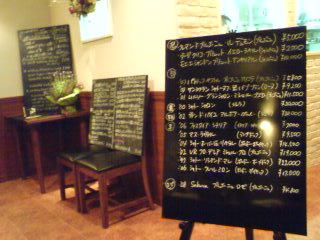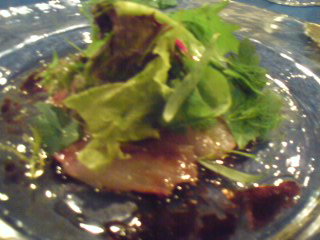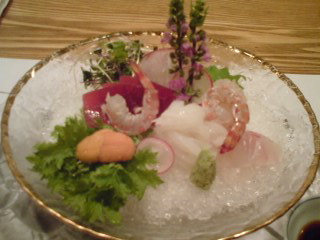
This is an article written by my good friend, Patrick Harrington on this popular if quaint Japanese institution called Viking Bar or Resturant!
‘Viking with a drink bar’*
What image is conjured by these words? A wild Norseman who runs a pub?
An even wilder Norseman who has been ordered not to drink?
To someone in Japan a ‘viking’ is an all-you-can-eat meal, and a ‘drink
bar’ refers to the option of unlimited drinks. This is very popular in Japan and comes in various forms.
My favorite is the breakfast buffet, especially when on vacation. It
expands into a huge brunch. If I slip a couple of bread rolls into a bag
I can skip lunch and enjoy an uninterrupted day of leisurely sightseeing.
Then there is ‘lunner’, the lunch/dinner combination, which again
affords the opportunity to skip a meal. And if you time it just right
you can pay the cheaper lunch-time price and get to try some dishes from the more extensive dinner menu.
And then there are the specialist buffets. I once had an afternoon cake buffet in Harrods of London. The array of mouthwatering delights was so dazzling that I just had to sample at least one of each. I walked out so bloated that I didn’t eat a thing until dinner the following day, a full 24 hours later.
*So how do you fell about all-you-can-eat establishments?*
This concept has quite an attraction for customers and proprietors alike.
Waiters are not needed, the only service being the collection of
crockery and cutlery, though in many places the customers do this too.
In addition there is no need for the cooks to prepare individual dishes,
so many more customers can be accommodated. There are cost savings all round.
There is also the obvious advantage of a wide variety of food. We can
choose more of what we like, avoid what we dislike and experiment a
little too. We can decide to have our onion soup after dessert, we can
have strawberries with our salad, and we don’t have to wait for coffee.
In short it’s culinary freedom.
I must admit to having taken advantage of these places more times than I care to remember.
Because we all know there is a big downside. In many places the
all-you-can-eat deal is just that: a low-cost, low-quality,
high-temptation binge-fest: the rush to get the last of the fried
potatoes, the hustle when the chocolate gateau apears. I’m sure this
kind of thing brings out the hunter-gatherer instincts in us. And our
instincts also tell us that bingeing cannot be good, indeed the perils
are widely documented.
*But it doesn’t have to be like this!*
It _is_ possible to prepare good quality food. It _is_ possible to
provide an attractive balance and variety of dishes. It _is _possible
for cost-savings to be made. And it _is_ possible for customers to eat
and drink sensibly in a cordial atmosphere.
There is a ‘viking with a drink bar’ on the 7th floor of the Parco
Department Store in Shizuoka City. Much of the food is local and
organic, and the sake is local too. The dishes are seasonal, in some
cases original, and the taste ranges from very good to excellent. The
ambience has a rather quaint, traditional woody feel, not a plastic
chair in sight, and here is the kicker: the customers talk to each other!
Even the wildest Norseman would be placated in such a place.
If it can be done by a department store it can be done by anyone.

(Japanese Hotel Viking Restaurant Sample)
Please check the new postings at:
sake, shochu and sushi
—————————————-
日本語のブログ
—————————————-


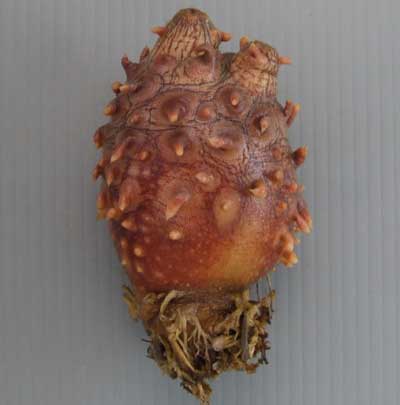






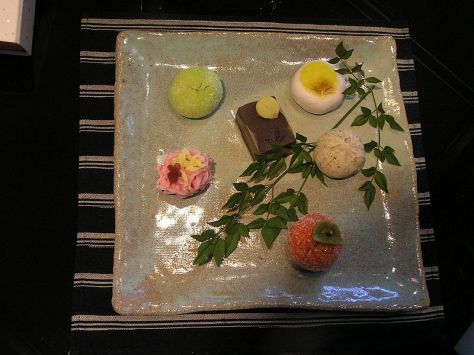






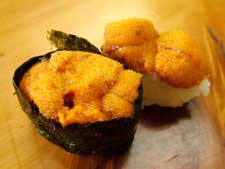
















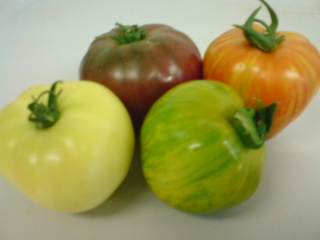

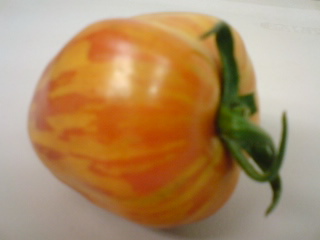





















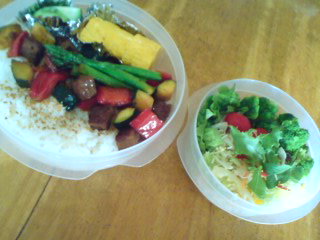







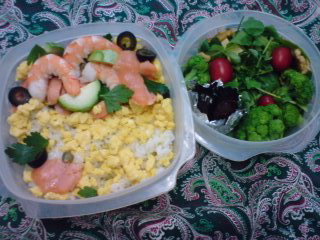




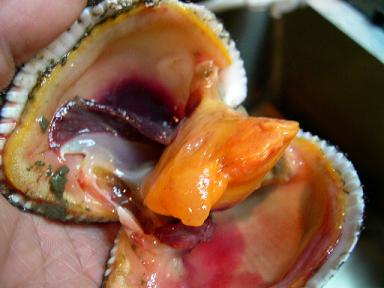





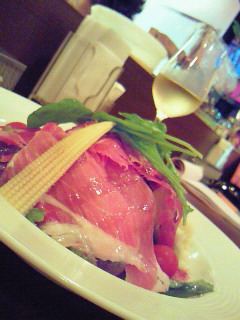
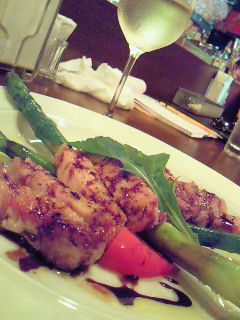


 !
!
